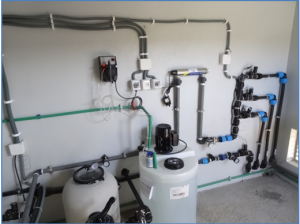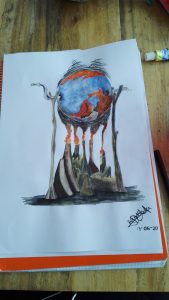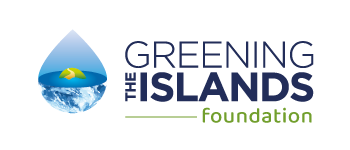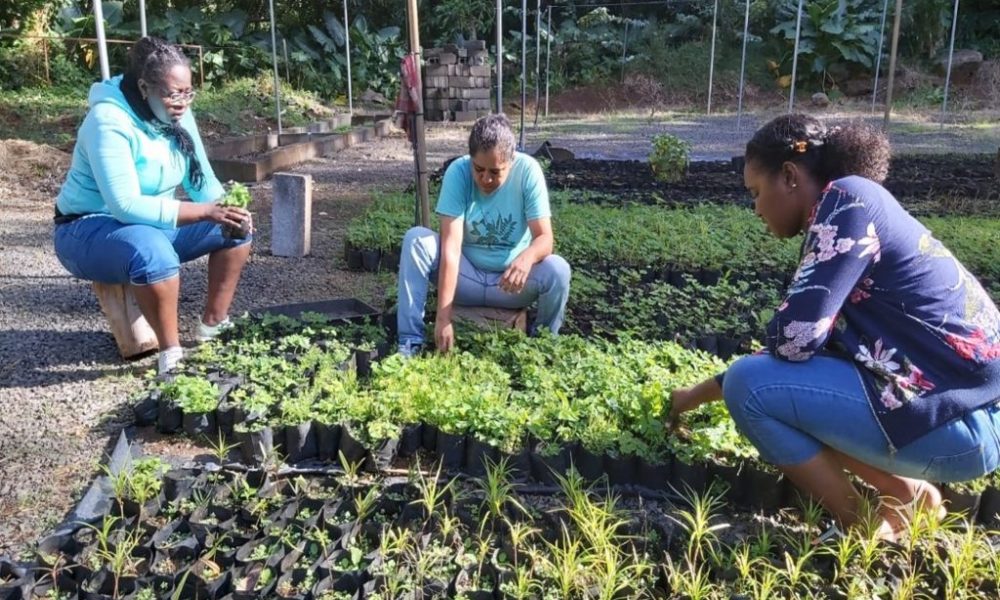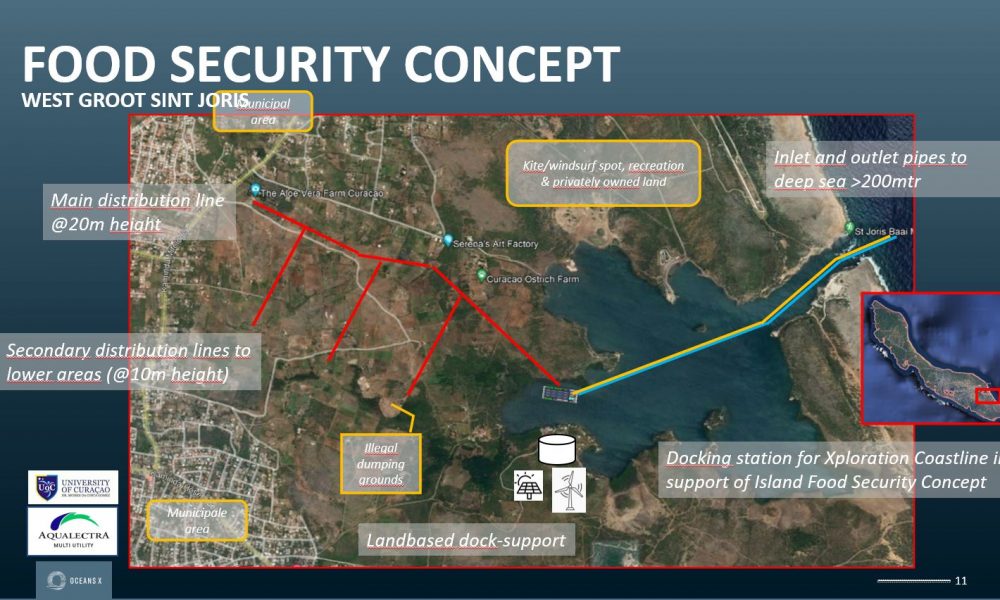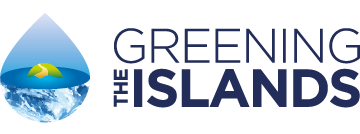Winner water 2020
Projects
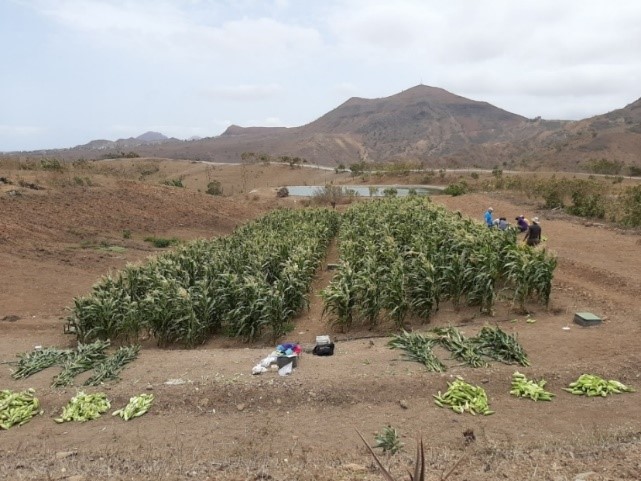
ADAPTaRES
Winner GTI Awards 2020 – Water
General information:
Island (Region, Province, Country):
Gran Canaria, Fuerteventura y Lanzarote (canary islands,spain); Madeira (Portugal); Santiago, Boa Vista y Sal (Cape Verde)
Population:
Macaronesia
Budget / cost of the project:
959.083,92€
Project objectives:
ADAPTARES develops a wide and varied set of awareness, information and qualification activities at all levels of society, which help to overcome existing regulatory, social, economic or technological barriers that make difficult reusing water. Introducing treated water as a new resource in the hydrological balance, improving irrigation efficiency and avoiding contamination has increased the sustainability of the islands and provided a tool to adapt to the drought caused by climate change, by allowing us to obtain safe and secure food and fixing carbon in soils put into cultivation.
Project description of activities and specific interventions:
ADAPTaRES is a cooperation project co-financed by the Interreg MAC 2014-2020 Program, and in which, under the supervision of the Instituto Tecnológico de Canarias (ITC), as Project Coordinator, brings together a consortium of fifteen entities from the Canary Islands, Cape Verde and Madeira.
The ADAPTaRES project includes a whole series of actions aimed at demonstrating the ability to adapt to climate change in Macaronesia through the reuse of treated wastewater, efficient irrigation and the prevention and reduction of pollution, which help to overcome existing barriers: normative, social, economic or technological. All accompanied by a significant effort in awareness, information and qualification actions at all levels of society.
In Macaronesia, the reuse of treated water, particularly in the Canary Islands and Cape Verde, and the promotion of more efficient use in Madeira, will contribute significantly to alleviating the water deficit and favoring the conservation of the environment in these regions. Purified urban wastewater, with adequate physical-chemical and sanitary quality, constitutes a suitable resource for agricultural irrigation, golf courses and parks and gardens and other non-potable uses. All islands need to make an effort in sanitation infrastructures , of purification and of reuse for the maximum use of this resource. The adequate choice of purification processes, the efficiency in the management and the safe use of this resource, in its different modalities, require rigorous analytical controls, monitoring programs and the establishment of well-coordinated R&D lines. Confidence in the use of treated water, and with it acceptance by all the agents involved, is linked to a wide and complex set of socio-economic factors, but those related to sanitary and physical quality are considered a priority: water chemistry, cost, supply guarantee and the effectiveness of the entities in charge of its management.
The installation of pilot plots has made it possible to provide recommendations for irrigation management and optimize its effectiveness, including the absorption of nutrients from the treated water, to produce more food with fewer resources. In collaboration with local partners, the cultivation tasks and the experimental evaluation of the impacts on the soil / plant / aquifer / ecosystem system have been carried out. In addition, the pilot farms have made it possible to evaluate the incidents that occur in commercial farms to provide solutions and have a place for demonstration that facilitates the training of farmers and the transmission of results to the general society.
Public outreach, education and awareness efforts and results:
Since 2017, a strong awareness and training campaign has been developed, aimed on the one hand at schoolchildren and on the other, at the general population. The aim of the campaign is to make everyone aware of the need to save water, take care of sanitation networks and inform about the different uses that can be given to reclaimed water. It is estimated to have reached almost 12 million people between radio programs, information pills, traveling exhibitions and training.
As significant results, we highlight that, in Cape Verde, and as a result of one of the implemented training, two associations of environmental promoters were created, made up of volunteers who want to continue to sensitize people in their communities regarding the efficient use of water.
In addition, within the framework of the project, various educational materials on water and climate change have been developed in digital and physical formats: Board games, Comics, online games, educational cards, informative videos, animated series.
Economic value added and how calculated:
Considering that the project incorporates an added value of € 0.1 / m3 of treated water, we can estimate a direct contribution (due to pilot projects) of € 26,500. If we calculate for the water potential of Cape Verde, we can consider a contribution of € 235,000. To this amount must be added the benefits that can be obtained with the cultivation of the 40 direct potential hectares. Considering net benefits of € 3,000 / ha, a direct economic value of € 120,000 can be estimated (€ 914,000 if we consider the 305 hectares that could be cultivated).
Ecological and social project outcomes:
The results allow calculating that with the water produced by the two treatment plants studied in Cape Verde (Sta Catarina and Sta Cruz), 16 and 14 hectares can be irrigated respectively. Using the FAO ExAct tool, it is estimated that -94 t CO2 eq are emitted (the negative sign is that they are sequestered). If it is generalized to the rest of the country (there are currently 9 treatment stations), 300 ha will be irrigated, with around -540 t CO2 eq. In addition, the proposed irrigation management system prevents leachates from reaching the aquifer, which has an important environmental protection effect.
From the social point of view, putting them into cultivation could improve food sovereignty and give jobs (direct and indirect) to at least a hundred families.
